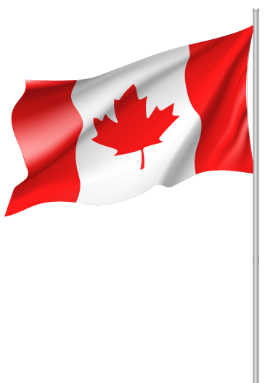One of the more common expenses claimed by taxpayers is automobile expenses (applies to any motor vehicle such as a van, bus, pickup truck, station wagon, SUV, or other truck). Many individuals use their automobiles for work or business and incur personal expenses in doing so. It is important to note that only expenses of a business nature are eligible as a deduction against their related income. As such, the Canada Revenue Agency (CRA) has strict requirements in ensuring that only business-related expenses are claimed. As a result, the retention of automobile tax records becomes imperative for every taxpayer that uses an automobile for work or business.
Maintaining Automobile Expenses
Several software applications now exist to easily keep track of total mileage, business mileage and reasons for the trip, and expenses. The type of expenses to keep track of can be broken down into two categories. They are operating and fixed expenses.
Operating Expenses
The types of operating expenses related to an automobile include gasoline, maintenance, and repairs (such as oil changes and car washes), insurance, license, and registration fees. Such expenses may vary in relation to the number of kilometers driven.
Fixed Expenses
Fixed expenses differ from operating expenses in that they relate to the automobile itself as opposed to the number of kilometers driven. When an automobile is purchased, it would relate to the capital cost allowance and interest expense when financed. In the case of a leased automobile, such expenses would include the lease payments. It is important to note that there are special rules and restrictions which limit the portion of actual costs that can be included in your total expenses. You can consult with your Padgett Business Services representative to obtain more information on what these special rules and limitations are.
Deductible Expenses
Because your automobile will most likely be utilized for both business and personal reasons, it is essential that the total automobile expenses be allocated between these two uses on a reasonable basis in order to arrive at only the deductible portion for income tax purposes. The best method to achieve this will involve the distance traveled calculated by taking the total kilometers driven for business purposes divided by the total kilometers driven for both business and personal goals. Certain expenses such as parking expenses incurred while on a business trip and car repairs made because of an accident while on a business trip do not have to be prorated. However, such expenses incurred resulting from a personal trip made are not deductible.

